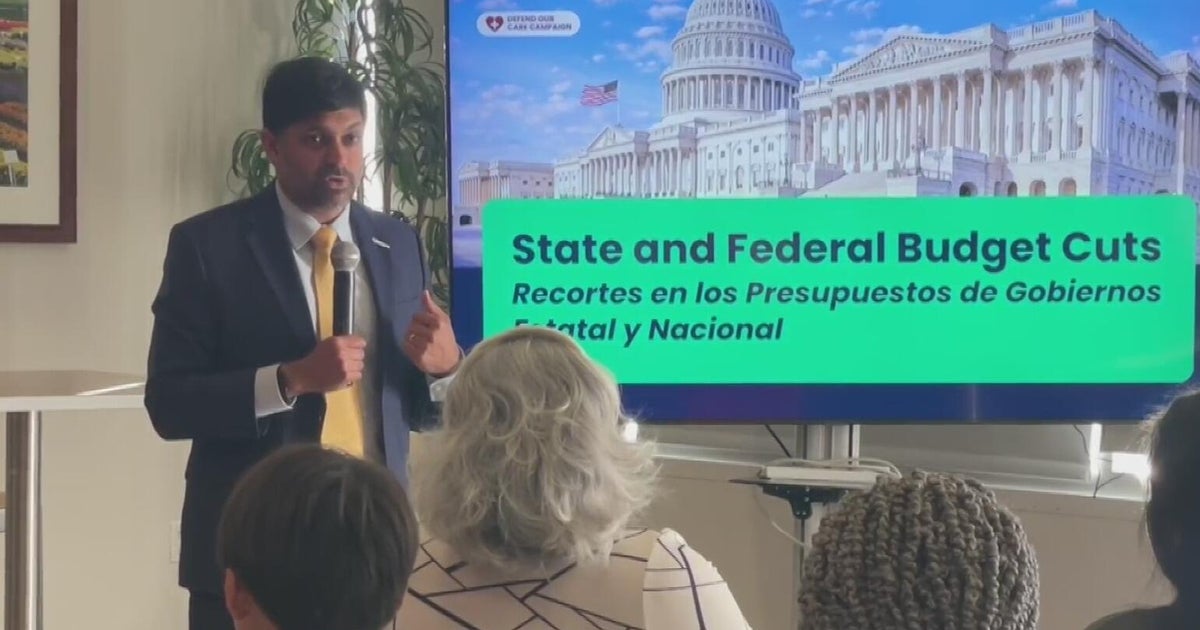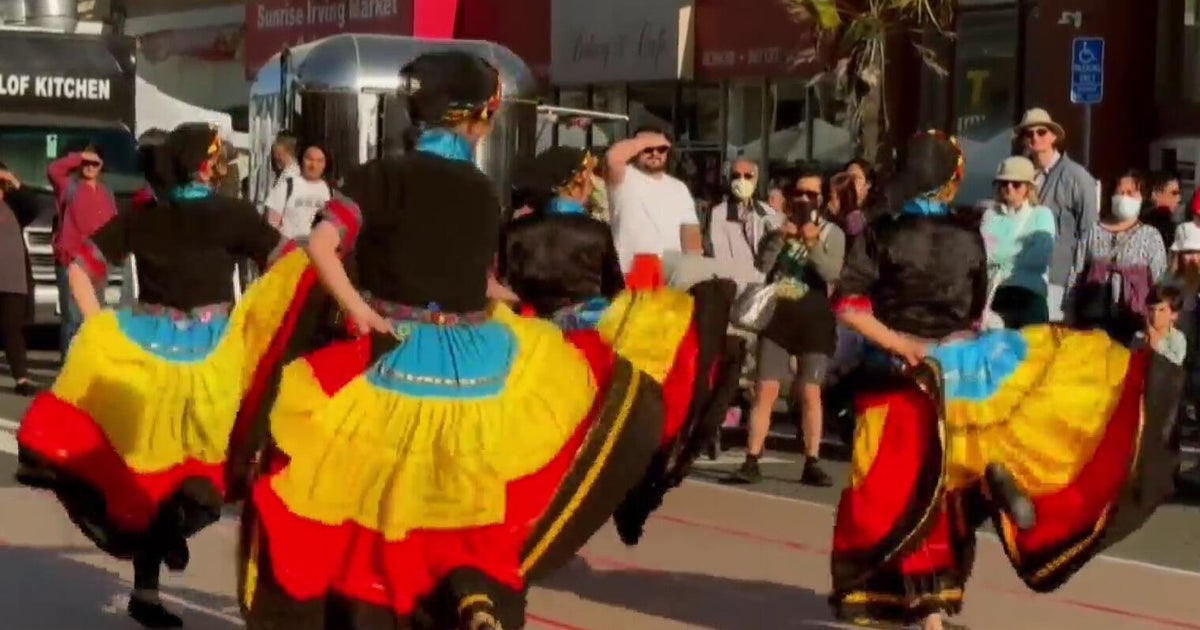Apple 'Spaceship' Campus Lands In Bay Area Growth Debate
CUPERTINO (KPIX 5) -- It's an interesting question: just what does Silicon Valley look like? Apple's new "Apple Park" campus in Cupertino is one possible answer, only it's kind of hard to actually see it.
From the sky, Apple's new campus never fails to impress. It's also very green, loaded with sustainability features. But Bay Area residents are constantly told that the region needs to add new housing around new job centers, put new development along mass transit corridors, and start moving the workforce away from the automobile.
For some, Apple's new campus stands in opposition to all of those ideas and it raises the question: just how serious is the region about any of those development goals?
One of the great visionaries of modern times - maybe all time - made what was probably his last public appearance pitching the campus. In fact, Steve Jobs coined the phrase so many have applied to this building. "It looks a bit like a space ship landed," Jobs told the Cupertino City Council in 2011.
"Even though the Apple campus looks like a spaceship, in the end it's just a building that's an object - it's not functioning in the landscape in a way that addresses all of the problems of the region is facing now," said Allison Arieff, editorial director for SPUR, just one of the Bay Area organizations pushing for more sustainable regional growth.
Writing in the New York Times, Arieff called the tech campus "one thing Silicon Valley can't seem to fix." She pointed to the 50s-era Bell Labs campus in New Jersey, a large building surrounded by parking. Now, half a century later, comes Apple's campus for 12,000 people with 11,000 parking spaces. In that respect, are the two sites really all that different? "Right now there's almost a one-to-one ratio of office space to parking, which is not sustainable, and certainly not innovative," said Arieff.
"I think what you're seeing with this Apple building is that it was envisioned a number of years ago, but it's here today," explained Randy Rentschler, Director at the Metropolitan Transportation Commission Director, another group that advocates for 'smart growth' in the Bay Area. "What's equally striking is when you see the landscape around that structure," observed Rentschler. "Single-family homes built in the 50s and 60s."
That's about the same time people started complaining about sprawl in Santa Clara Valley. There's a certain irony to this - the very companies that have re-invented our lives in ways we couldn't have imagined are still building office parks that function a lot like the 50s, but there are some exceptions.
"There's a huge potential for Diridon [Station] to become this active, multi-use, pedestrian-oriented place that it is not right now," said Arieff, referencing Google's plans for a massive campus in the center of downtown San Jose.
"To Google's credit, they're able to see that future," he added.
Back to the Apple campus, this isn't about casting any blame. After all, the homegrown company needed more space, and those city council members were reminded of the stakes when Jobs told them, "As you know, we're the largest taxpayer in Cupertino. We'd like to stay here and pay taxes." That's a bit of a Hobson's choice for a city like Cupertino which is also bound by its Cupertino-sized-city development guidelines.
"What the region lacks is provisions with teeth to actually force people to do these sorts of things," said Arieff. "There's lots of recommendations of 'you should do this' but then people are neither incentivized nor even legally able to some of those things."
Think of Apple's spaceship as a spectacular example of how hard it is to get the kind of growth we're told we need. "I think the Bay Area has a hard time really conceptualizing what it is," said Rentschler. "It's a world-class place, but it is, in fact, a collection of small things. 26 transit operators, 101 cities."
"I really want to stress that there is no single villain here," added Arieff. "People need to work together, local governments, city councils, regional governments, transit agencies. This is not about 'bad tech companies.' It's about how can we all work together to make things better."



